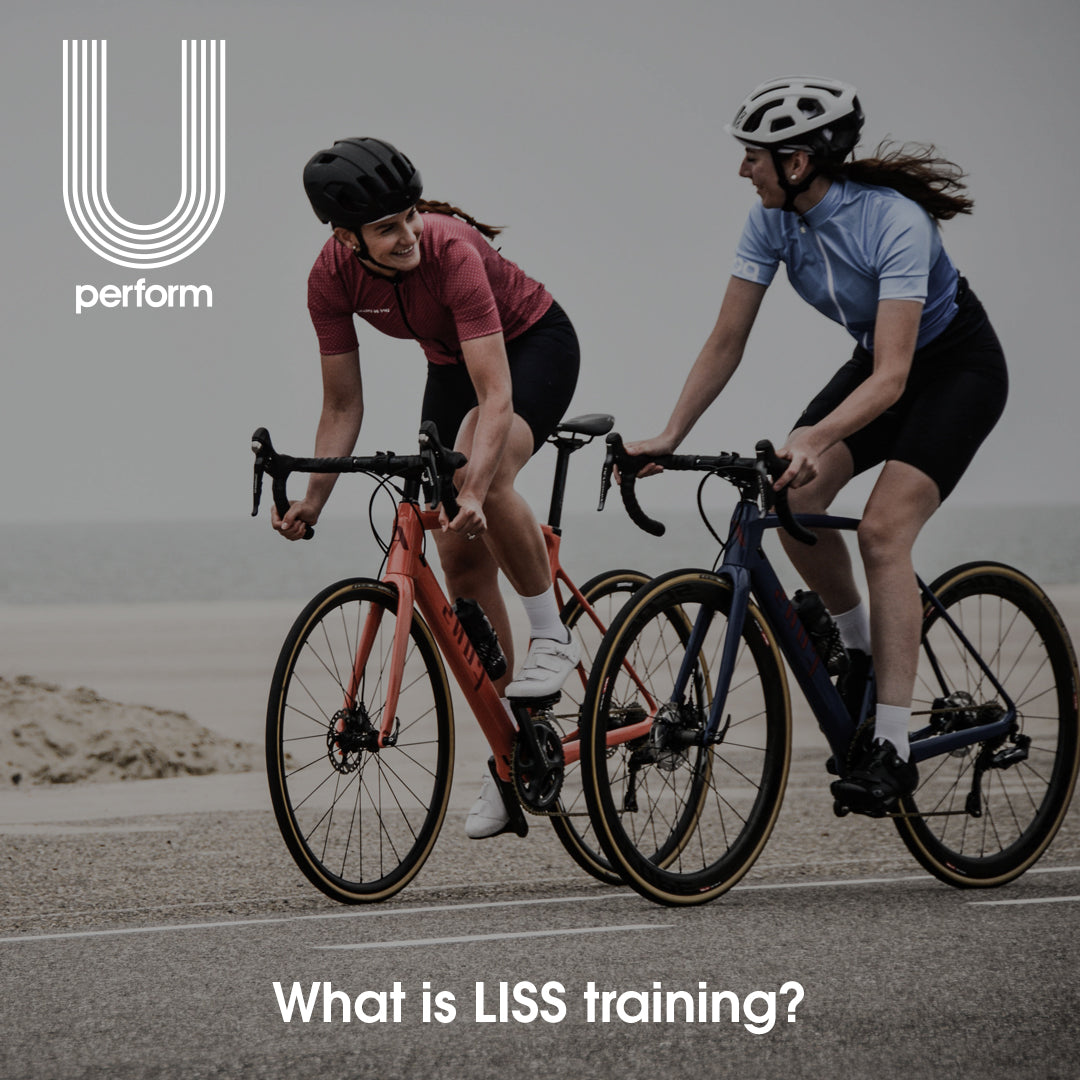What is LISS training?
LISS stands for ‘Low Intensity Steady State’ training. This form of exercise is pretty much the polar opposite to HIIT training which we discussed in last week’s blog. Instead of hammering yourself to the breaking point for short bursts you do a low level of intensity for a longer continuous period of time.
Over the last few years HIIT has been all over the news for its health benefits and it's the exercise that everyone talks about and LISS has been pushed to the side lines. But LISS has just as many benefits as HIIT training.
LISS training is any exercise or routine that is of a low intensity over a prolonged period of time, walking, cycling, swimming for 30-45min plus. When training in this way you should be working to 40-65% of your maximum heart rate. Or a 5-6 out of 10.
So why would you do it and what is it good for?
-
LISS is great for cardiovascular health and circulation. When putting your heart under a constant strain of a 30-45min workout your heart has to work at a strong and steady pace. This helps to improve overall blood flow and respiratory health.
-
Improves overall fitness. For those of you who lift weights LISS is still important in your training. Your muscles need oxygen to perform, so by improving your cardiac fitness you improve the body’s ability to deliver oxygen to your muscles.
-
Great for pain management - many people have injuries that would be compounded by a high intensity workout plan. LISS training works the body slower and with less impact so is great to help reduce pain. It's used by many people to help recover from tougher sessions that may have caused DOMS (delayed onset of muscle soreness). It gently increases blood flow to tight and sore muscles to help aid recovery and repair.
-
Some days we just don’t want to work out but know we should do something. LISS is perfect for that. Just going for a long walk means we don’t even need to change into gym gear and can do it in our lunch break or after work. This is particularly great if you are short on time. Getting to the gym, changing, working out and showering can be very time consuming whereas a walk is an effective use of your time.
- LISS can be great for stress management. If you are tired, under lots of pressure at work and not sleeping and eating well - your body is under a lot of stress.
- Performing a high intensity, high stress workout can make this all worse and help to burn your nervous system out which may mean you get sick or pick up injuries much more easily. A slower, steadier session keeps you In more of a parasympathetic state and will be less damaging to the body than higher stress workouts.
- LISS can be done almost anywhere and for free! It's easily accessible as you can walk or jog almost anywhere. It's also great for people who are new to exercise as it's a gentle introduction to exercise and allows you to safely build a base fitness before attempting new things.
- LISS has been shown to be very effective for fat burning. Working at a steady state (low - moderate intensity) uses fat as the primary source of energy so essentially we are ‘fat burning’ during this style of workout.
So with just as many benefits as HITT - which one should you choose?
Well they both serve a purpose in a balanced workout program and both should be used in order to help you achieve maximal results. With my clients I regularly prescribe ‘active recovery’ on the days following particularly tough workouts.
I don't want them to do nothing for the day but I don't want them to jeopardise their results by completing another hard workout - so an LISS session is perfect for this. A long walk at a steady state to keep the body moving, help reduce aches and pains and assist the body’s recovery ready for that next tough workout.
Arron Collins-Thomas - Founder at TONIQ
Here at U Perform we are big fans of active recovery as part of a structured training routine. It’s also the perfect time to focus on your nutrition to further optimise your recovery. How do you spend your recovery time? Let us know in the comments below. Share this with someone who you know would benefit from reading this. The U Perform family loves sharing ideas and encouraging each other.


